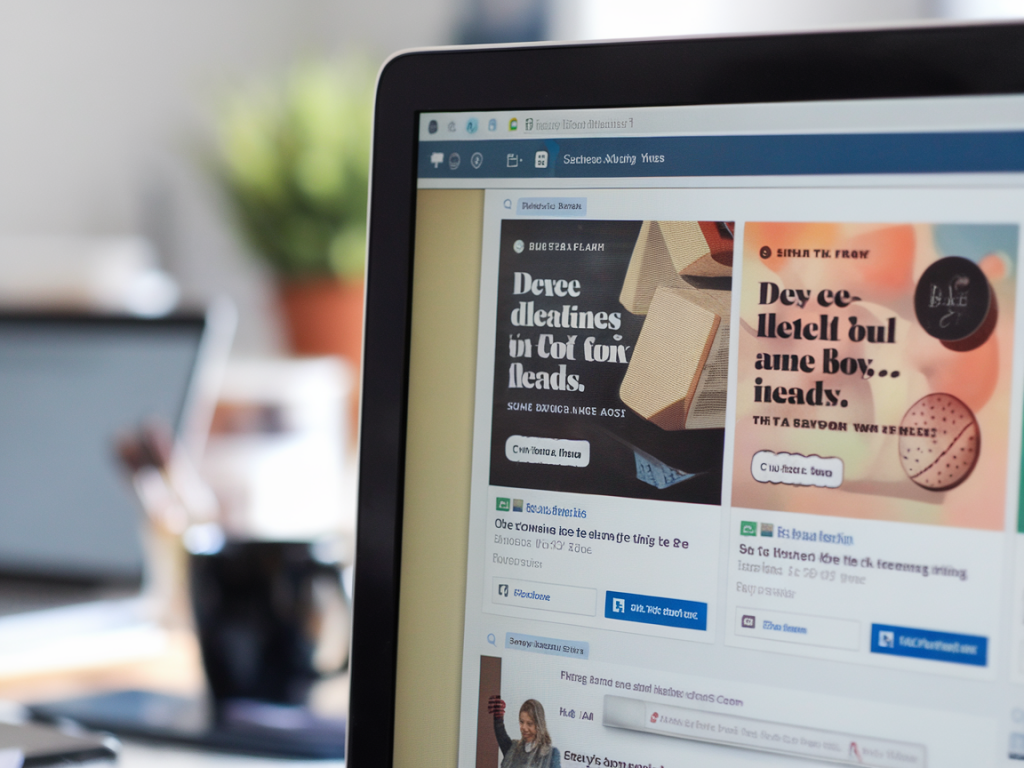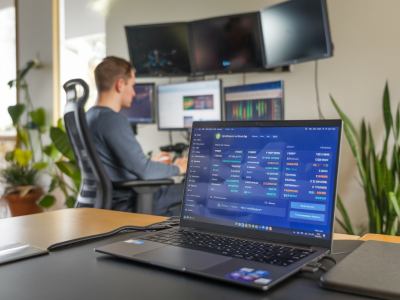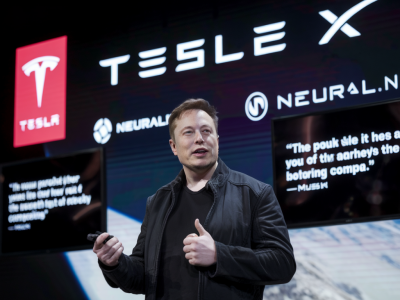
LinkedIn has become the gold mine for B2B professionals looking to effectively connect with their audience, build trust, and generate quality leads. With over 900 million users, LinkedIn isn't just a platform for networking—it's a stage for your brand to shine and for your message to resonate with the right people. If you’re not leveraging LinkedIn Ads effectively yet, you’re missing out on a tremendous opportunity. Today, I want to show you how to turn this powerful advertising tool into your secret weapon for B2B lead generation.
Why LinkedIn Ads are a Game-Changer for B2B Marketing
Unlike other social platforms such as Facebook or Instagram, LinkedIn's unique value lies in its purely professional audience. This means you’re getting in front of decision-makers, business executives, industry influencers, and other professionals who are already in a "business mindset" when they log in. LinkedIn also comes with an extensive set of targeting options, enabling you to hone in on highly specific audiences based on job title, industry, company size, skills, and even seniority level.
For any B2B business, this is an advantage that’s hard to replicate elsewhere. Plus, LinkedIn Ads allow you to position your brand as the industry expert, making it easier to build authority and trust while simultaneously generating leads that actually convert. Now, let’s dig into how you can maximize this potential.
Setting Clear Goals: The Foundation of Successful LinkedIn Ad Campaigns
Before diving into LinkedIn Ads, you need clarity. What exactly are you hoping to achieve with your campaigns? Are you building brand awareness? Driving traffic to a webinar? Collecting email addresses for your newsletter? Each of these objectives should inform the structure of your campaign.
For B2B lead generation, your primary goal will likely involve capturing contact information in exchange for something of value—such as a downloadable eBook, a case study, or a free consultation. Start by defining your key performance indicators (KPIs), such as the number of leads generated, cost-per-lead (CPL), or click-through rate (CTR), and align your ad strategy accordingly.
Know Your Audience (and Leverage LinkedIn’s Targeting Like a Pro)
One of LinkedIn's greatest strengths is its precise targeting capabilities, but it’s up to you to use them effectively. Start by crafting a detailed profile of your ideal customer. Consider factors like:
- Job Titles: Are you targeting Marketing Directors, CFOs, or IT Managers?
- Industries: What industries are most likely to benefit from your product or service?
- Company Size: Are you focusing on SMEs or enterprise-level organizations?
- Skills and Experience: What expertise should your audience have?
Once you’ve defined your audience, use LinkedIn’s targeting options to refine your campaign. For instance, let’s say you’re promoting a SaaS tool for project management. You could target project managers in IT or construction, narrowing it down to professionals from companies with employee sizes of 200-1,000.
Choose the Right Ad Format
LinkedIn offers multiple ad formats, and choosing the right one is key to capturing the attention of your audience. Here’s a breakdown of the most effective formats for B2B lead generation:
- Sponsored Content: These native ads blend seamlessly into a user's feed. Use Sponsored Content to share valuable blog posts, whitepapers, or webinar invites. Don’t forget to include a clear call to action (CTA), such as "Download Now" or "Register Today."
- Lead Gen Forms: These are a game-changer for B2B marketers. Lead Gen Forms allow users to submit their contact details without ever leaving LinkedIn, dramatically reducing friction in the conversion process.
- Text Ads: While simple and understated, Text Ads can still generate incredible ROI, especially when targeting smaller, niche audiences.
- Message Ads: Formerly known as Sponsored InMail, Message Ads deliver personalized messages directly into a user's inbox. Keep your message concise, informative, and focused on solving a specific pain point.
Experiment with these formats to see which resonates most with your audience—and don’t hesitate to test different combinations.
Craft a Compelling Offer
Here’s the thing: No one wants to hand over their email address for nothing. Your offer needs to be so valuable that your audience can’t resist. In my experience, some of the most effective offers in the B2B world include:
- Whitepapers and industry reports packed with data
- Exclusive research findings or case studies
- Invitations to free, high-value webinars
- Guides, checklists, or templates that save time or solve a problem
Whatever you choose, make sure it addresses a specific pain point for your audience and demonstrates your expertise.
Retargeting: Don’t Let Warm Leads Go Cold
Did you know that 96% of users don’t convert on the first visit? That’s where retargeting comes in. LinkedIn allows you to retarget people who’ve interacted with your ads, visited your website, or engaged with your LinkedIn Page. By consistently showing up in their feed, you keep your brand top of mind and nudge them toward conversion.
A pro tip: Combine retargeting with customized messaging. For example, if someone downloads your eBook but doesn’t sign up for a consultation, hit them with a follow-up ad offering a limited-time "free demo."
Monitor, Analyze, and Optimize
LinkedIn Ads aren’t a “set it and forget it” initiative. The most successful campaigns involve continuous optimization. Dive into LinkedIn’s Campaign Manager to track metrics like CTR, conversion rate, and CPL. Pay attention to what’s working—and what’s not—and adjust your campaigns accordingly.
For example, if your CTR is low, revisit your ad copy or design. If your CPL is too high, consider tweaking your targeting parameters or ad format. Even small changes, like swapping out your CTA or refining your audience criteria, can make a big difference over time.
And here’s a personal tip: Don’t be afraid to test new ideas. I’ve often found surprising success by experimenting with unconventional ad text or unexpected imagery! Always be curious and flexible in your approach.
Nurture Your Leads
Generating leads is only half the battle. The next step is nurturing those connections until they’re ready to buy. Use LinkedIn to share valuable, industry-specific content that educates your audience and builds trust over time. Email marketing, personalized outreach, and helpful follow-ups can also go a long way in turning your leads into loyal customers.
Remember, B2B sales cycles are longer, and relationships matter. The more personalized your approach, the higher your chances of closing the deal.

